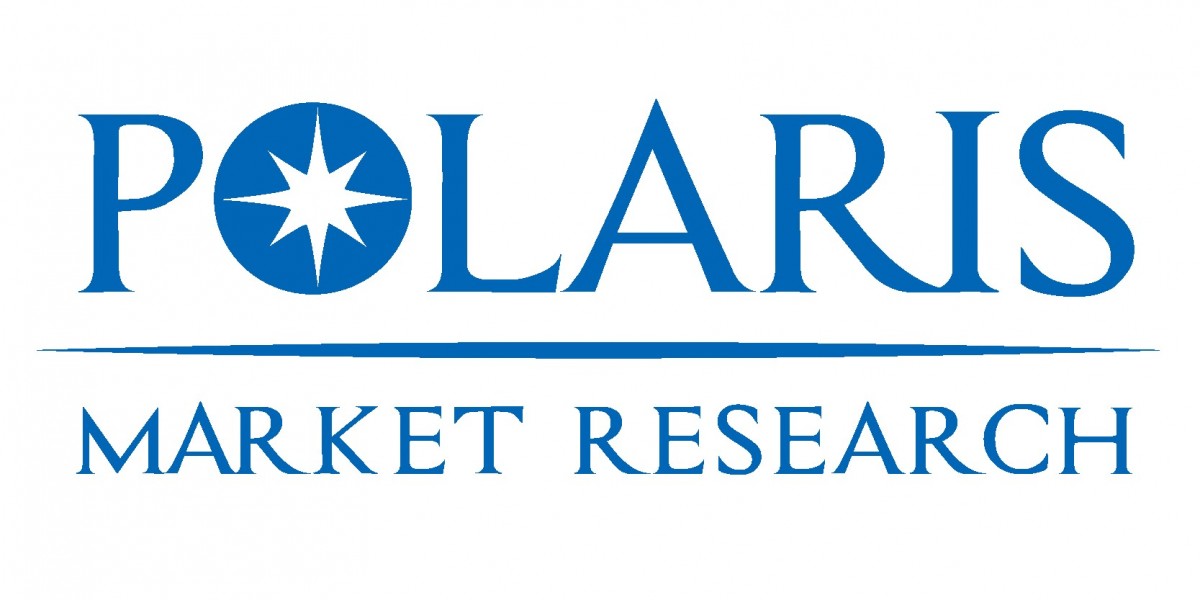The study of brain activity has always been critical for diagnosing neurological disorders. For clinicians, one of the most challenging aspects is identifying the subtle electrical changes that indicate seizure onset. These changes often appear as patterns that can easily be missed without the right methods.
Advances in technology have reshaped how experts monitor brain signals. Among the most transformative developments has been eeg spike detection, which allows specialists to identify abnormalities faster, more accurately, and at scale compared to manual review.
The Need for Accurate Seizure Identification
Epileptic seizures stem from sudden, uncontrolled electrical activity in the brain. Pinpointing their onset is vital for treatment planning, medication adjustments, and even surgical considerations. However, the signals can be faint, inconsistent, or masked by normal activity, making detection extremely difficult.
For decades, clinicians relied on manual reviews of long recordings. While effective for smaller datasets, this method becomes impractical when monitoring patients for hours or days. Errors due to fatigue or human subjectivity increase the risk of misdiagnosis, delaying treatment and affecting quality of life. Automated systems now provide a solution that addresses these long-standing limitations.
How Automated Systems Improve Clinical Practice
Reducing Human Error
One of the greatest benefits of automation is the reduction of oversight. Machines are not subject to fatigue, stress, or inconsistency, allowing them to scan thousands of data points in seconds. This improves reliability and ensures consistent detection of critical spikes that might be overlooked by even the most experienced professional.
Speeding Up Diagnosis
Time plays a major role in treatment. A delayed diagnosis may mean delayed medication or interventions. Automated systems analyze data at speeds unattainable by humans, compressing hours of review into minutes. This allows neurologists to make faster decisions and deliver treatment without long waiting periods.
Supporting Long-Term Monitoring
Patients with epilepsy often require continuous observation. Automated systems make it possible to analyze extended recordings without exhausting resources. This continuous monitoring ensures that no event is missed, providing a complete picture of the patient’s condition over time.
Key Features of Automated Detection Tools
Signal Filtering
Automated tools use sophisticated algorithms to separate meaningful signals from background noise. This filtering process ensures that only relevant spikes are highlighted, reducing the risk of false positives.
Pattern Recognition
Modern systems can recognize specific spike patterns associated with seizure activity. By learning from vast datasets, they continually refine their ability to detect unique variations across different patients.
Integration With Other Data
Some platforms can integrate brain activity monitoring with other medical data, such as heart rate or oxygen levels. This multi-layered approach provides a deeper understanding of how seizures interact with overall health.
Benefits for Clinicians and Patients
Improved Accuracy
Automated detection offers a level of precision that manual observation struggles to match. For clinicians, this means fewer false negatives, ensuring that every possible seizure event is captured. Patients benefit because treatment can be tailored to their exact condition, rather than relying on incomplete data.Efficiency in Workflows
Hospitals and research centers often deal with large patient loads. Automated systems free up clinicians from hours of repetitive work, allowing them to focus on interpreting results and designing better treatment strategies. This efficiency improves overall patient care and reduces wait times.Cost-Effectiveness
While the initial setup of automated tools may seem expensive, the long-term savings are substantial. Reduced staff hours, faster diagnoses, and fewer repeated tests all contribute to lowering overall healthcare costs. This makes advanced monitoring accessible to more patients.Scalability for Research
In research environments, automated systems enable scientists to handle large datasets collected from multiple subjects. This scalability allows for broader studies, more robust conclusions, and faster progress in understanding neurological disorders.
Challenges That Still Remain
False Positives
Despite significant advancements, automated systems are not perfect. Sometimes normal activity is misidentified as seizure-related, leading to unnecessary interventions. Ongoing research aims to reduce these errors with improved algorithms.
Need for Human Oversight
Automation enhances but does not replace expert judgment. Clinicians must still review flagged events to confirm their significance. The best outcomes occur when human expertise complements automated detection.
Accessibility Issues
Not all healthcare facilities have access to advanced systems due to costs or limited technical infrastructure. Bridging this gap remains a challenge for ensuring equitable healthcare access across regions.
Comparing Manual and Automated Detection
Manual Detection
Time-consuming and labor-intensive.
Relies heavily on the skill and attentiveness of the observer.
Effective for short sessions but unreliable for continuous monitoring.
Automated Detection
Processes data at rapid speeds with consistent accuracy.
Provides continuous monitoring without fatigue.
Offers scalable solutions for hospitals, clinics, and research centers.
This comparison highlights why the medical community is increasingly turning to automation for diagnosis and long-term care.
The Future of Seizure Diagnosis With Technology
Emerging advancements in artificial intelligence and machine learning are expected to make automated detection even more powerful. Systems are being trained on larger and more diverse datasets, improving their ability to recognize rare or subtle spike patterns. In the near future, cloud-based platforms may enable remote monitoring, making specialized care more accessible to patients worldwide.
Wearable devices are also entering the market, providing real-time monitoring outside of hospitals. This could significantly improve patient independence and early intervention, reducing the risks associated with uncontrolled seizures.
Conclusion
The move toward automated detection represents a turning point in neurology. By increasing accuracy, reducing workload, and speeding up diagnosis, these systems are redefining how seizures are identified and treated. While challenges like false positives and accessibility remain, the benefits far outweigh the drawbacks.
In fact, much of this progress has been supported by innovations in eeg software, which continues to evolve and integrate seamlessly into clinical and research environments. As technology advances, the combination of automation and expert judgment will create a future where seizure diagnosis is faster, more reliable, and more widely available.








